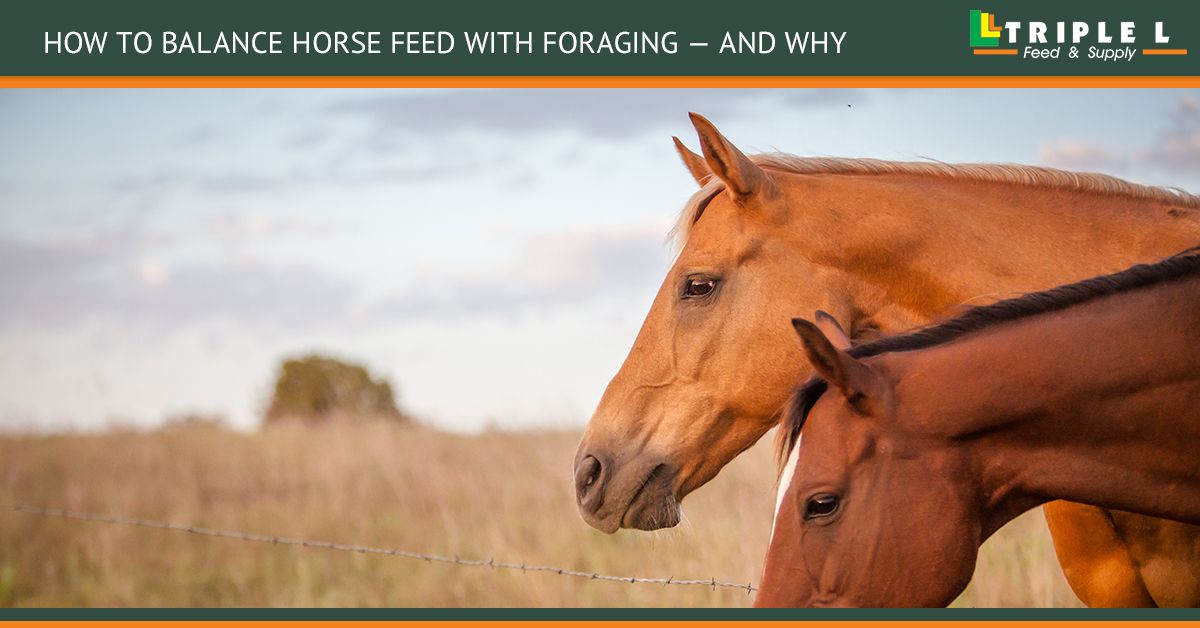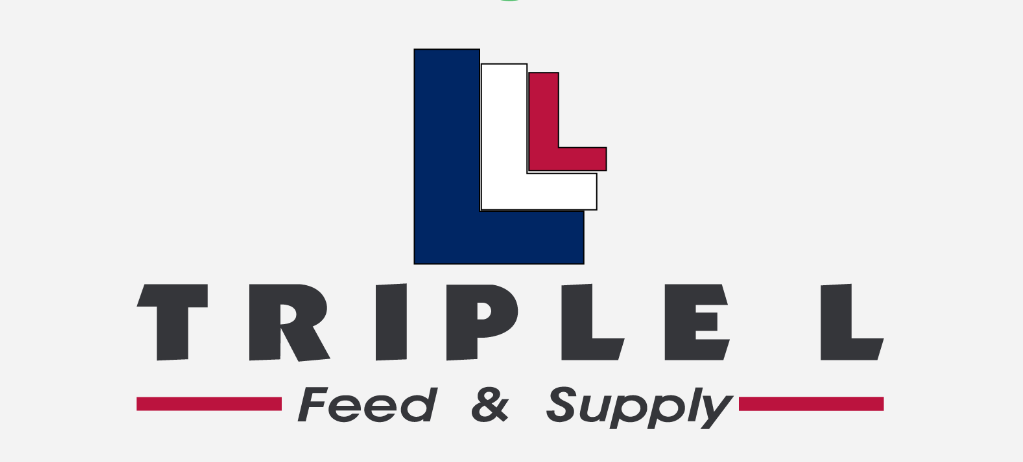
How to Balance Horse Feed With Foraging — and Why
Perfect Your Animals’ Nutrition Mix
That old saying about how “you are what you eat” is incredibly apt. It’s not so much that you’d literally turn into a blueberry if that’s all you ate, but for the most part, a person will only grow well and have enough energy if they’re getting the right nutritional mix of foods. The same goes for any animal.
If your cattle are looking lethargic, or your horses are struggling to keep up with their work, it may be more than a question of quantity. Without the right mix of nutrition, your animals could eat their fill and still struggle. Today we’re going to look specifically at horse feed, foraging, and how to find the right balance for your horses.
Learn More About Our:
Understanding Nutritional Needs
You wouldn’t give your toddler the same gut-burning spicy wings you love to eat, would you? Just like humans have different nutritional needs at varying stages of our lives, your horses will also have different needs depending on their stage of life, and on what they do every day. For example, a pregnant mare or a foal will have a much greater nutritional need to account for the fast growth. On the flip side, a grown horse with few physical demands will need less caloric intake. Understanding what each individual horse’s caloric and nutritional needs are will help you better find the right balance between foraging and horse feed.
Let Them Forage
Does it ever feel like all your horse wants to do is nibble at every tuft of grass they walk past? Horses are a lot like cattle in that they have evolved to graze pretty much continuously, typically somewhere in the range of 14–20 hours a day if they are given the chance. Their digestive tract is well adapted to digesting forage.
However, just because horses are made to forage a lot, that doesn’t mean that all forage is the same, nutritionally speaking. One of the trickier aspects of balancing horse feed and foraging is understanding what sort of nutritional value they get from the forage available. Especially here in the Tucson area, the more nutritional forage options (prairie grasses, legumes, and young hay), are harder to come by naturally. You can always supplement by spreading forage seed in pastures, but our climate is hot and dry enough that it makes growing those things more difficult.
Adjust Horse Feed Based on Forage
If your horses aren’t getting enough nutritional value from the forage available to them, it can be beneficial to supplement with horse feed. The trick is to find a balance that doesn’t let your horses become obese. If there is plenty of young alfalfa hay available, and/or the forage options are good, you may only need 1–2 pounds of feed to provide a nutritional boost. On the other hand, if the available forage is older or more sparse, you’ll need to supplement with a larger amount of horse feed, and one that is designed to provide a more well-rounded nutritional range. You may also consider going to your nearest animal feed store to see if they have any fresh, young alfalfa hay on hand (or any young hay, since younger greenery offers better nutrition). Remember that the more active a horse is, the more they’ll need to eat, so be sure to include that in your balance of feed to forage.
If you need help finding the right balance, visit us at Triple L Feed and Supply in Marana. We’re owned by experienced farmers who can provide some insight into the quality of all our animal feed any time of year. Give us a call, fill out the form below, or stop in today for more information!
